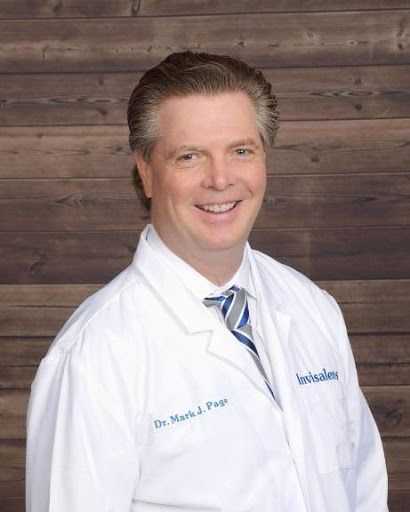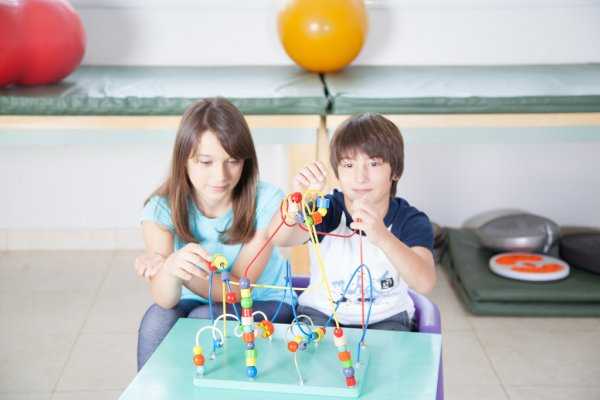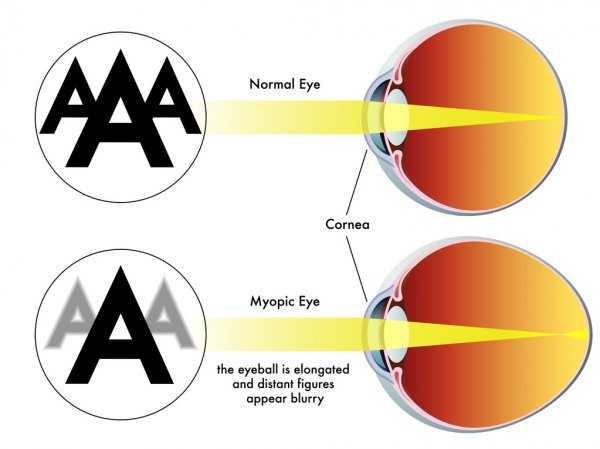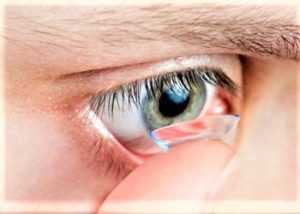
Corneal Refractive Therapy for Kids
Some 1.5 billion people throughout the world have to deal with myopia or nearsightedness. And vision problems don’t discriminate based on age—they strike adults and children alike.
Corneal refractive therapy (orthokeratology) is an innovative treatment that involves wearing special contact lenses while you are asleep. The approach aims to correct eyesight in children and adults without eye surgery, or wearing glasses. Here is an overview of ortho-K and why it can be a successful treatment for kids struggling with myopia.
What Is Corneal Refractive Therapy?
Corneal reflective therapy requires the patient to wear special contact lenses while asleep. These lenses work on reshaping your cornea (the front surface of your eyes) overnight. Thanks to that, you can remove the lenses once you wake up and still see clearly. CRT requires using gas permeable lenses that transmit oxygen.
Those who decide to try orthokeratology can expect to see initial results in a couple of days. They should start seeing reasonably well without wearing contact lenses or glasses during the day. However, it is essential to use contact lenses designed for the therapy while asleep. That ensures that you will be free of most or all of your vision issues the next day.
Although orthokeratology has become popular in the last several years, the approach has roots in scientific studies from decades ago. Eye doctors realized that glass lenses could help to reshape the eye in the 1940s. However, it is advanced in modern technology that made ortho-K possible today. Eye care professionals that practice this technique use specialized software, as well as advanced contact lenses that transmit oxygen.
How Can Orthokeratology Help Children?
Ortho-K is one of the available treatments for controlling myopia in children. It can be effective in slowing down myopia progression, but it is also used to correct refractive errors. Those include astigmatism, near-sightedness, hyperopia, and presbyopia.
Orthokeratology can temporarily correct myopia upwards of -6.00 diopters (D). While it might also be used in treating hyperopia, astigmatism, and presbyopia, it is useful to a lesser degree.
Why Are Children Good Candidates for Corneal Refractive Therapy?
Kids are too young for vision surgery, which is why doctors resort to CRT and other treatments. If a child is into sports, it might be tricky to wear contact lenses or glasses during training. It is worth noting that kids might not want to wear glasses at all. If they avoid wearing them, they won’t be successful in correcting eyesight and slowing down myopia.
However, if you offer a child corneal refractive therapy, which requires wearing contact lenses only while they are asleep, they might accept it. That is because it doesn’t require wearing anything in public, and their friends don’t have to know about the therapy.
What is the Ortho-K Procedure?
If your doctor suggests orthokeratology as the best therapy for your child’s vision problems, they will start by measuring the curvatures of the kid’s corneas. Doctors use corneal topographers to do that, and the procedure is pain-free. The entire process shouldn’t last more than a minute, and its goal is to deliver the child’s eye surface on a topographical map.
The fitting depends on the decision of the eye doctor. In some cases, the doctor might have lenses for fitting the child’s eyes in their office. That makes it possible to do the fitting the same day when orthokeratology begins with topography measurements. Alternatively, the doctor might decide to order custom lenses. In that case, you will have to wait until the lenses arrive and fitting is scheduled.
The fitting process might take several weeks to achieve maximum effect. That is why the child might need to try several temporary lenses until the doctor identifies the optimal prescription.
As with other lenses, children might be aware that they are on their eyes until they fall asleep. However, they should become comfortable after wearing them for a couple of nights.
How Long Does It Take for Corneal Refractive Therapy to Deliver Results?
That is highly individual and depends on the patient, the specifics of myopia, and other factors like astigmatism. Children who try corneal refractive therapy should see minor results after a couple of days.
In some cases, excellent vision can be achieved in less than a week. If prescriptions are higher, several weeks might be necessary to enjoy maximum vision correction. When a child begins CRT, it is normal for glare and halos to appear, as well as blurred vision. The doctor might recommend wearing glasses with a lower prescription during corneal reflective therapy.
The expected results vary depending on the patient’s age and other factors. However, most eye doctors aim for 20/20 vision in children who choose CRT. According to a study conducted by the FDA, 67% of all patients managed to achieve 20/20 vision with this therapy.
Does Cornea Reshaping Hurt?
Orthokeratology involves reshaping corneas, and you might be worried whether it is painful. The therapy reshapes the cornea by utilizing hydraulic forces. During the night, the lenses work on forming a vault of fluid or tears over the eye.
That vault varies in thickness, and that results in thinning or thickening sections of the cornea. The eye shape mimics lens shape during the process, and that is how ortho-K temporarily corrects curvature issues. The entire process is pain-free, which is another reason why it is suitable for children.
What Are the Benefits of Orthokeratology?
We already mentioned them throughout the article, but here is an overview of ortho-K therapy benefits:
- It is suitable for patients of all ages, especially children who don’t qualify for vision surgery.
- There is no need to wear contact lenses or glasses during the day.
- The child has less responsibility as they don’t have to worry about losing the glasses, forgetting to put on lenses during the day, etc.
- It allows kids to participate in sports sessions without worrying about damaging lenses or glasses.
It is worth noting that orthokeratology is reversible. That means children can pick this treatment and still choose vision surgery at a later date. However, it is important to stop wearing CRT lenses and allow corneas to revert to their initial shape before surgery.

Dr. Page is a licensed Doctor of Optometry, and a long time resident of Ahwatukee Arizona. He graduated from the New England College of Optometry in Boston in 1990. He moved to Phoenix to serve the community in both his clinic and by becoming a community activist.
He is deeply involved in supporting the local athletic teams, the arts, pet adoption and children. He is a charter member of the Chamber of Commerce.
After watching his father lose vision in his right eye he dedicated his career to finding a way to stopping eyes from getting worse. He is the founder of the Invisalens eye retainer and a best selling author for his book: Freedom! The Smart Parents Guide to Helping Your Child See a Better Life.
He specializes in helping his patients see better with eyeglasses, contact lenses, nutrition and genetics.
Words can’t describe what our eyes bring to life!
corneal refractive therapy, crt contact lenses





